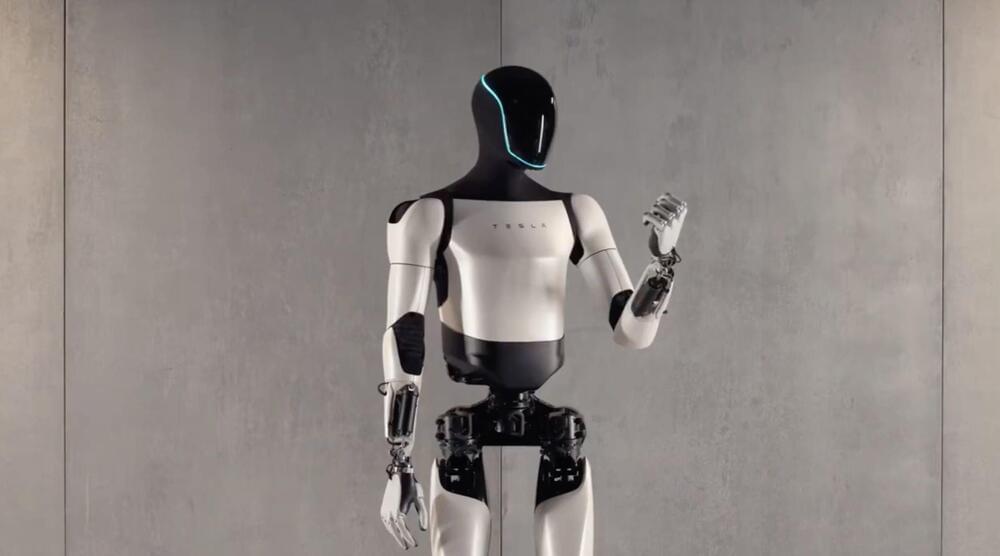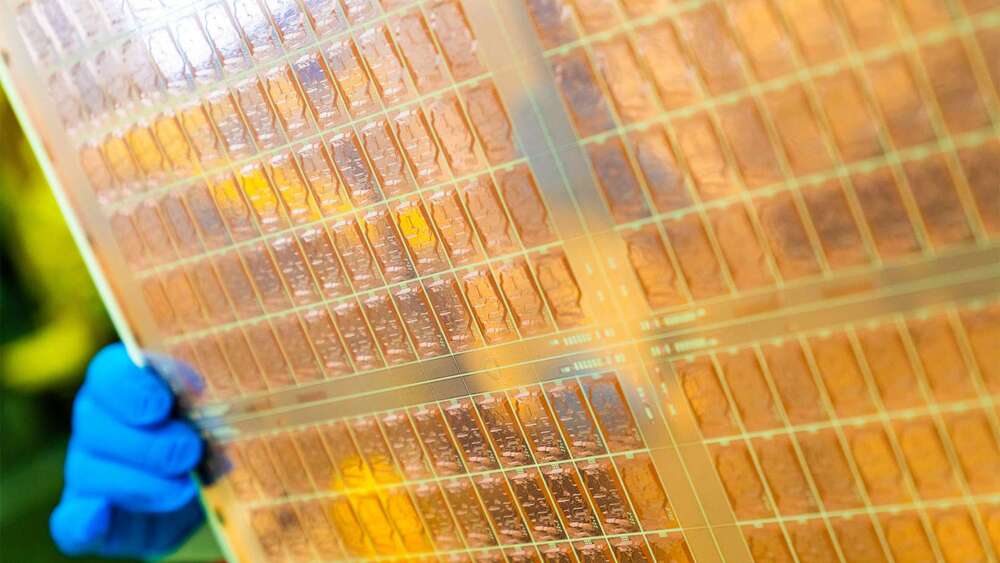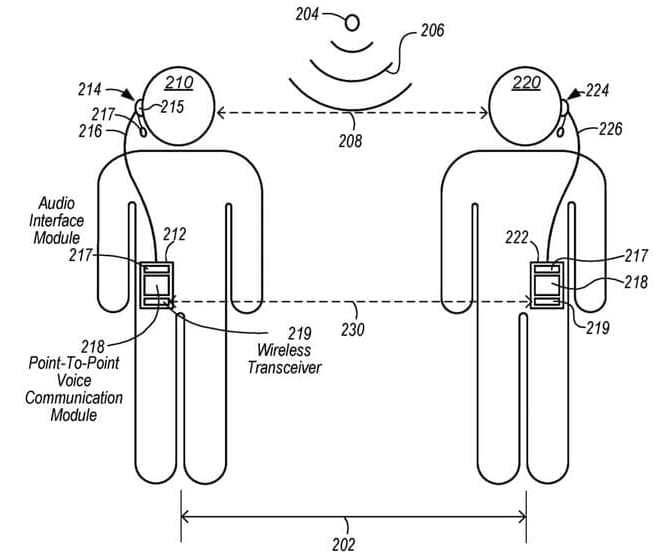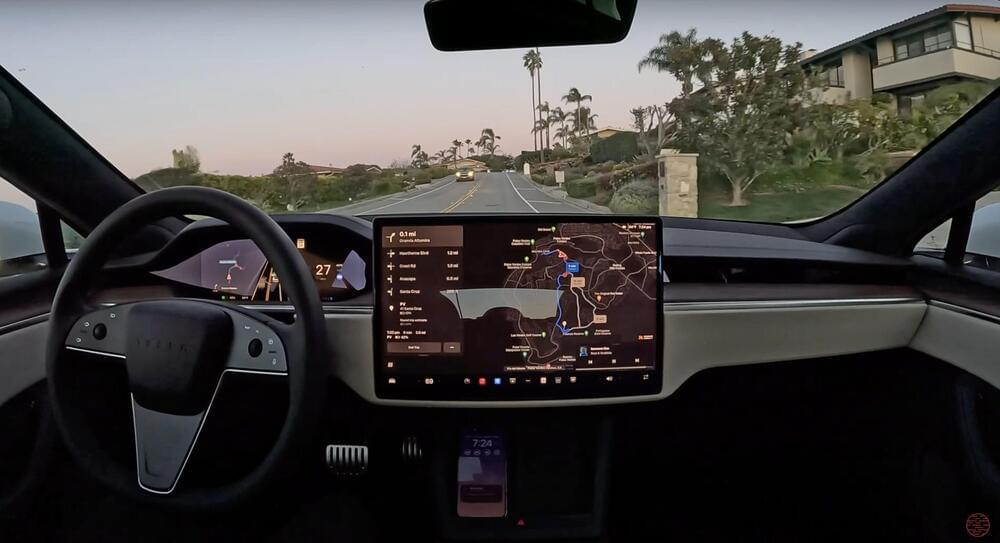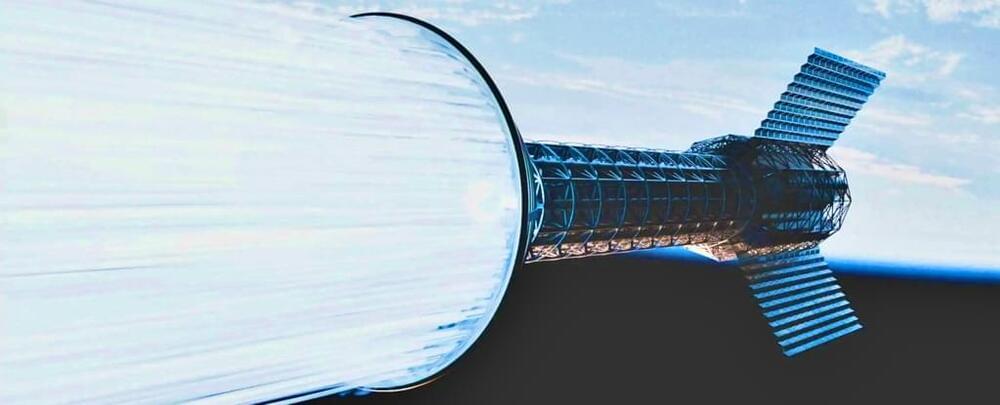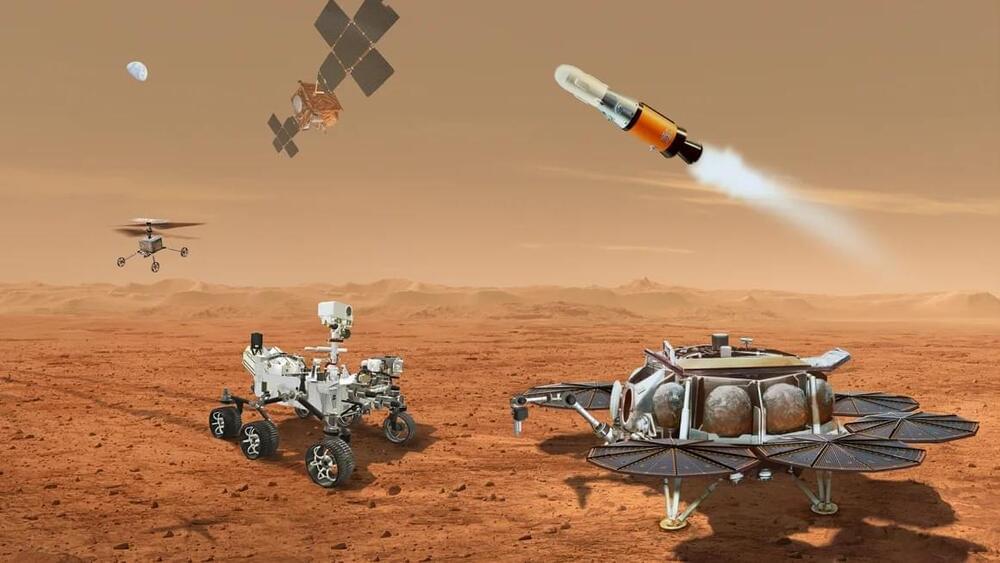
The performance of artificial intelligence (AI) tools, including large computational models for natural language processing (NLP) and computer vision algorithms, has been rapidly improving over the past decades. One reason for this is that datasets to train these algorithms have exponentially grown, collecting hundreds of thousands of images and texts often collected from the internet.
Training data for robot control and planning algorithms, on the other hand, remains far less abundant, in part because acquiring it is not as straightforward. Some computer scientists have thus been trying to create larger datasets and platforms that could be used to train computational models for a wide range of robotics applications.
In a recent paper, pre-published on the server arXiv and set to be presented at the Robotics: Science and Systems 2024 conference, researchers at the University of Texas at Austin and NVIDIA Research introduced one of these platforms, called RoboCasa.
